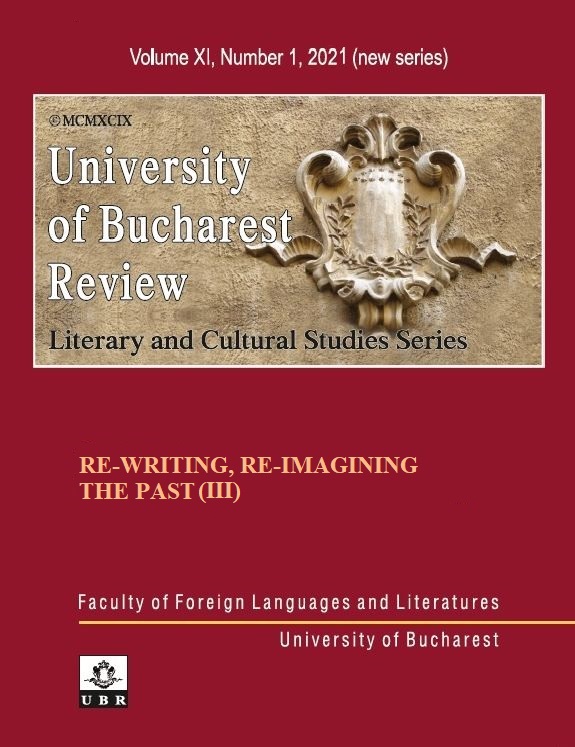Spectres of Memory in the Works of Ismail Kadare
Spectres of Memory in the Works of Ismail Kadare
Author(s): Soham Mukherjee, Madhumita RoySubject(s): Regional Geography, Studies of Literature, Albanian Literature, Nationalism Studies, Politics of History/Memory, Identity of Collectives, Peace and Conflict Studies
Published by: Editura Universităţii din Bucureşti
Keywords: memory; hauntology; spectres; national identity; Ismail Kadare; Albania;
Summary/Abstract: Jacques Derrida’s spectre, as defined in Spectres of Marx (1993) is a figure that vacillates between presence and absence. It is something that both defines and disrupts the present by its absence and subsequent return. Indeed, it acts as a container of memory. What Martha and Bruce Lincoln define as secondary haunting is aimed at “broader forms of repair”, such as creation of social consciousness about historical events and ensuring the “remembrance of atrocities” committed or traumas suffered. This type of secondary haunting is to be found in the works of Albanian nationalist writer Ismail Kadare. Not only does he make use of spectral figures like that of Sultan Murad I in Three Elegies for Kosovo (1998) but he also uses symbols such as the three-arched bridge in The Palace of Dreams (1981). Indeed, in The General of the Dead Army (1963), Kadare presses into action an entire army of dead soldiers. These spectres serve to keep alive the memories of atrocities and suffering, as well as those of ethnic origin among future generations. Additionally, the spectre of the Ottoman Empire, often as an allegory for Communism, also haunts the fictional world of Kadare’s characters. Indeed, through these spectres Kadare is attempting to establish the European origins of his native Albania, while placing the burden of Balkan suffering on its Eastern oppressors.
Journal: University of Bucharest Review. Literary and Cultural Studies Series
- Issue Year: XI/2021
- Issue No: 1
- Page Range: 28-40
- Page Count: 13
- Language: English

